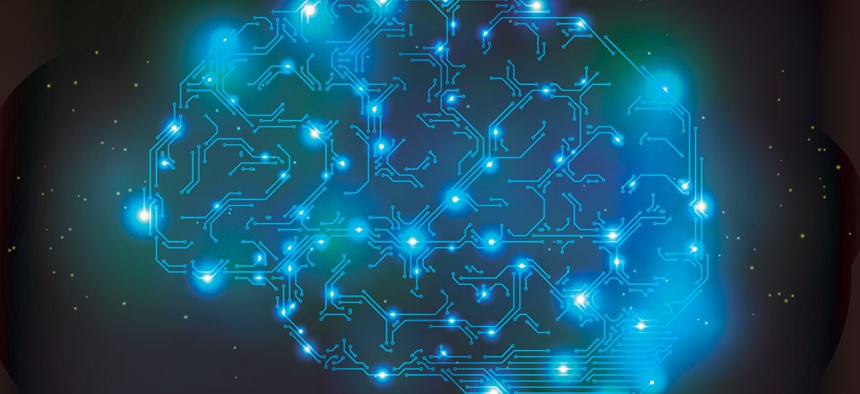The Pentagon Is Well on Its Way to Building a Human Memory Chip

zayats-and-zayats/Shutterstock.com
DARPA has teamed up with several universities to develop and build a very small, implantable, wireless neural interface device.
The Defense Advanced Research Projects Agency (DARPA) has teamed up with UCLA and the University of Pennsylvania to work on the Pentagon’s Restoring Active Memory (RAM) program, which aims to develop and build a very small, implantable, wireless neural interface device.
They also offered a $2.5 million contract to the Lawrence Livermore National Laboratory, which will also work on the project. With this development, the Pentagon takes a major step toward understanding and even recreating human memories.
The device will be able to "bridge the gaps that interfere with a person's memory functions and effectively restore their abilities." The chip would, effectively, become a neural prosthesis.
Justin Sanchez, DARPA program manager, issued this statement, "The start of the Restoring Active Memory program marks an exciting opportunity to reveal many new aspects of human memory and learn about the brain in ways that were never before possible. Anyone who has witnessed the effects of memory loss in another person knows its toll and how few options are available to treat it. We’re going to apply the knowledge and understanding gained in RAM to develop new options for treatment through technology."
This program stems in large part from the number of U.S. military personnel who experience brain injuries. Since 2000, 270,000 military members have had traumatic brain injuries, and 1.7 million civilians had brain injuries.
Overall, $40 million in funding has gone to this project, between the university research, Pentagon work, and laboratory development. Studies on how effective this will be for humans are expected to take four years, but a case study with lab rats showed positive results.
(Image via zayats-and-zayats/Shutterstock.com)





